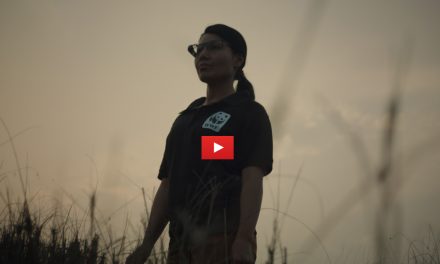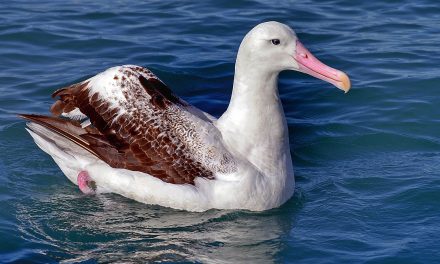
With the help of some intrepid scientists, we’re learning that elephants have a complex vocabulary that binds their sophisticated social systems together.
When Katy Payne made a visit to the Portland Zoo in 1984, she had no idea it would soon change the course of her life. A naturalist and amateur musician, Katy had been studying the songs of humpback whales. But that day at the zoo, she felt a low-frequency rumbling near the enclosure of two Asian elephants, a male and female who were separated by a concrete wall. She began to wonder if they were communicating by using sounds below the threshold of human hearing.
Thus began the Elephant Listening Project (ELP), a not-for-profit organization associated with the Bioacoustics Research Program at The Cornell Lab of Ornithology in Ithaca, New York. Since ELP’s founding in 1999, Katy and her colleagues have demonstrated that elephants’ low-frequency vocalizations carry over vast distances and that the animals use them to bind their complex family social systems together.
While some of ELP’s earliest research concentrated on characterizing communications in savanna elephants, increasingly the focus has been on forest elephants in central Africa. Watch the video segment below that aired on the CBS program 60 Minutes a few years ago. In it, Andrea Turkalo, a biologist with the Wildlife Conservation Society and a member of the IUCN’s African Elephant Specialist Group, describes her two decades of work identifying and cataloging the sounds of more than 4,000 individual elephants dwelling in Dzanga National Park, Central African Republic.
She’s working on the world’s first “elephant dictionary.”
Here’s to finding your true places and natural habitats,
Candy



































What is to be included in this dictionary?
Just eager to know.
Thanks for sharing!
If I could talk with the animals …
Sounds great!
Imagine spending 19 years in that setting! I love the idea of an elephant language. It makes me think of the vast vocabulary of dolphins! I imagine there are many animal languages we some day will be studying in more depth.